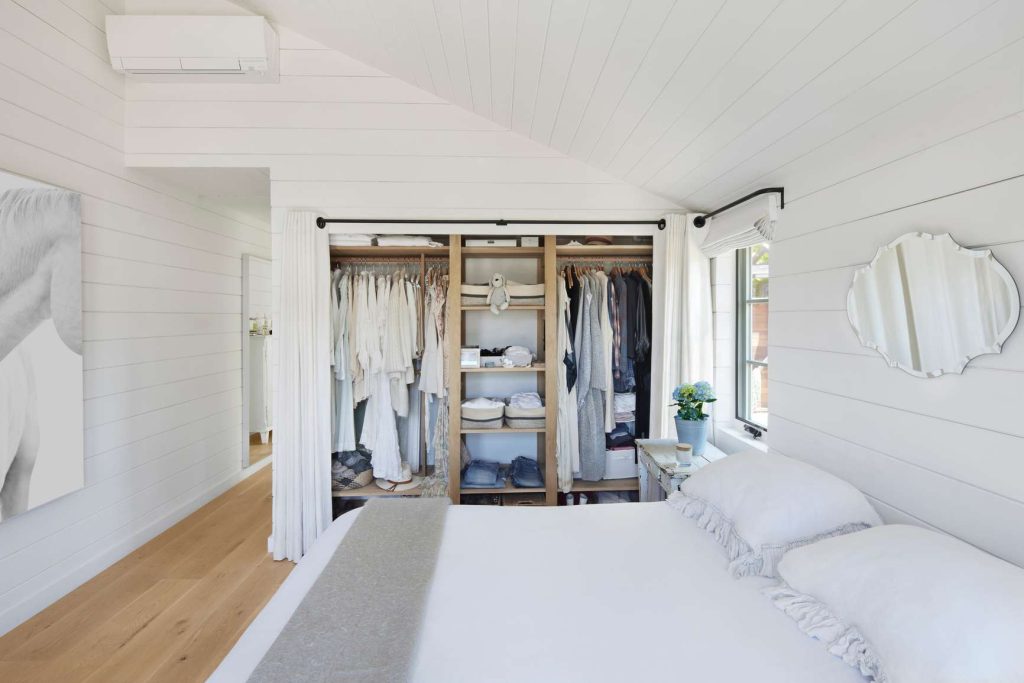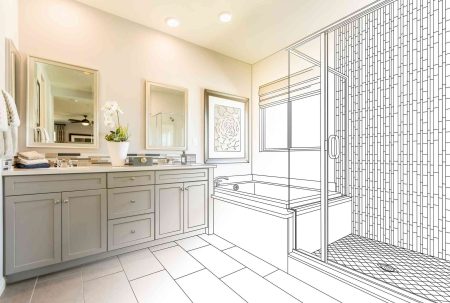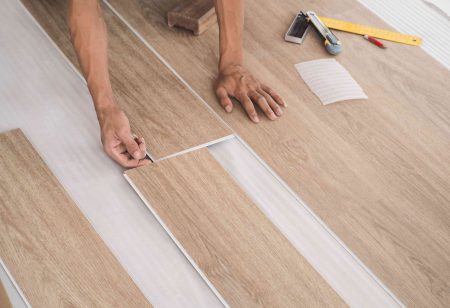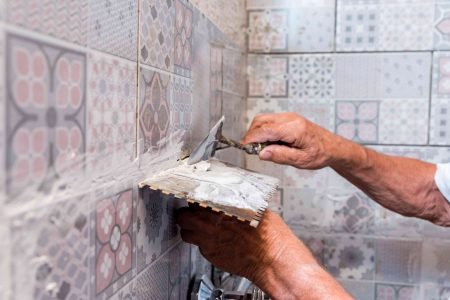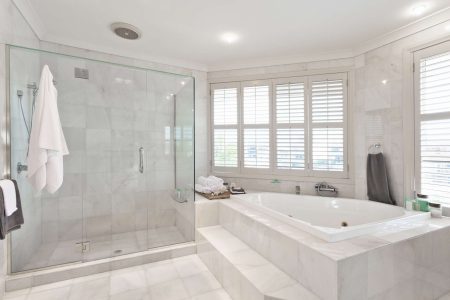Whether you’re moving into a new house or looking to organize your existing closet, it’s important to know your closet dimensions. Understanding the difference between a small reach-in closet and a larger walk-in closet will help you better customize them—and help you maximize their organizing potential.
Here’s what you need to know about standard closet sizes and how to best install hanging rods, shelves, and cozy seating.
Standard Closet Depth
Ideally, the depth of a closet should be at least 24 inches deep, although they can be as shallow as 22 inches deep and as deep as 28 inches—ideal for storing bulkier items such as coats. Standard-sized adult clothes hangers typically measure around 17-19 inches, so you want a closet with enough depth to accommodate them.
Reach-in Closets
As their name suggests, these are closets that you reach into rather than walk into—either by opening a single hinged door, accordion door, sliding door, bi-fold door, or curtains. Reach-in closets can be found in entryways, hallways, and bedrooms.
Your standard reach-in closet is typically a rectangular shape and can range between three and six feet wide. A typical reach-in closet is approximately six feet long, eight feet high, and 24 inches high.
Walk-in Closets
A sizable walk-in closet is part of every homeowner’s dream. Walk-in closets are big enough to step into and walk around in. At a minimum, they measure at least five feet by five feet, but depending on your needs and space, walk-ins can come in a variety of shapes and sizes.
Small Walk-In
The standard size a small walk-in closet is four feet by eight feet by four feet. To maximize the storage area, hang dual hanging rods on one of the longer walls hanging them at 40 inches and 80 inches above the floor. To keep your small walk-in closet from feeling too cluttered, avoid placing a dresser, sitting bench, or other furniture in it.
Medium Walk-In
A medium walk-in closet is typically around seven feet by nine feet by six feet. With a walk-in closet of this size, you can install hanging rods on multiple walls. Hang rods on both sides of the closet, as you’ll have ample space to walk between them, as well as a shorter one at the furthest end of the closet.
Large Walk-In
Large walk-in closets are ripe for customization, and are at least 12 feet by 14 feet by seven feet. In addition to custom rods and drawers, you might also consider installing a closet island, cabinets, or a sitting bench.
Dressing Room-Style Walk-in Closet
The biggest walk-in closet style is at least 12 feet by 14 feet by seven feet—and can often measure even larger. These glamorous closets are sometimes referred to as dressing rooms, as their ample size allows for lounge furniture, closet islands, and customized shoe racks.
How High to Hang Closet Rods
For a closet with a single pole, hang the rod 60 inches above the floor, which leaves ample room for a shelf on top of the hanging rod to store other items on top.
For a closet with double poles, hang one rod 30 to 40 inches off the floor, which is high enough for hanging skirts, blouses, and folded pants. Place the top rod between 80 and 82 inches off the floor.
How to Furnish Large Closets
If you have a small bedroom, you might feel tempted to move your dresser into your closet. While this can be a great space-saving hack, it’s generally better to reserve furniture for larger walk-in closets and dressing rooms. There are endless options for making your closet feel more luxurious, such as installing custom drawers, mirrors, chandeliers, and large closet islands.
Custom Closet Shelving
When it comes to installing custom shelving in your closets, design it around your belongings—not the other way around. For example, instead of shoving tall boots into a smaller racks, adjust the shelves to fit them. Instead of searching for the perfect basket to fit in between two rows, move the shelves to fit whatever it is you need to store.
Most importantly, be sure to install your shelves properly with drywall anchors to ensure they’re sturdy enough to hold your clothes and accessories.
Read the full article here







